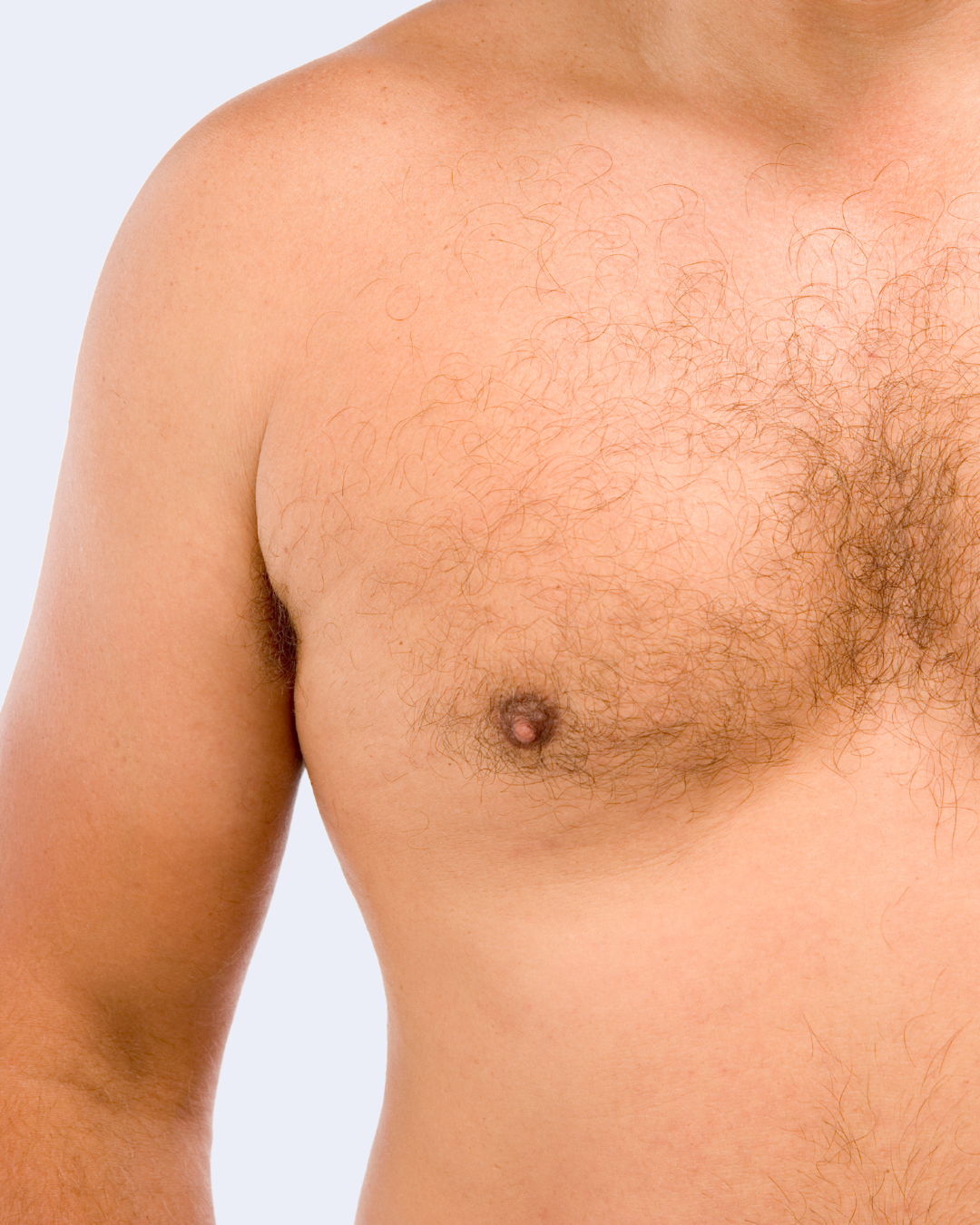
At SRGN, we specialise in gynecomastia treatment, offering expert care and advanced surgical solutions for men affected by this common condition. Gynecomastia, the enlargement of male breast tissue, can cause emotional distress and physical discomfort, but it’s a condition that can be effectively treated.
Our highly skilled surgical team, led by renowned specialists, offers personalised treatment plans designed to help you regain confidence and achieve a more masculine chest contour. Using cutting-edge techniques, SRGN provides high-end aesthetic and surgical care for men dealing with Gynecomastia. Whether you’re seeking a solution to hormonal changes, weight fluctuations, or other underlying causes, we ensure natural-looking, long-lasting results tailored to your body.

Gynecomastia is the benign enlargement of breast tissue in men, often caused by an imbalance between the hormones oestrogen and testosterone. This condition can affect one or both breasts and is typically a result of puberty, ageing, medication side effects, or weight gain. Although it is common and not usually harmful, gynaecomastia can lead to self-consciousness, discomfort, and a lack of confidence.
At SRGN, we offer a surgical solution to remove excess fat and glandular tissue, restoring a flatter, more masculine chest appearance. Our approach combines liposuction and glandular excision to target both fatty and fibrous tissues, ensuring smooth, symmetrical results. The surgery is minimally invasive and performed by our expert team, with meticulous attention to detail to ensure minimal scarring and optimal recovery.
At SRGN, we provide a holistic approach to body contouring. Gynecomastia surgery can be combined with complementary treatments to enhance the overall results, such as:
Gynecomastia surgery provides a permanent solution to enlarged male breasts, allowing men to regain a more toned and defined chest contour. This procedure not only enhances physical appearance but also boosts self-esteem, helping patients feel more comfortable in their bodies.
One of the key benefits of gynecomastia surgery is its ability to provide immediate and long-lasting results. Once the excess tissue is removed, the results are permanent, provided that the patient maintains a stable weight. This makes it a highly effective treatment for men who want to restore their chest’s natural appearance without the worry of recurrence.
Another significant advantage is the minimal scarring associated with the procedure. At SRGN, our surgeons use advanced techniques to minimise visible scarring, often placing incisions in discreet areas around the areola or under the chest muscle. This allows patients to enjoy their results without worrying about noticeable scars.
In addition to the aesthetic benefits, gynaecomastia surgery can also improve physical comfort. Men suffering from gynecomastia often experience tenderness, swelling, or discomfort due to the excess tissue. Removing this tissue alleviates these symptoms, making daily activities, including exercise, more comfortable.
Gynaecomastia surgery can be combined with other body contouring procedures like BODYtite to refine and enhance the overall appearance of the chest and torso. This combination approach ensures a more sculpted, balanced physique, further improving confidence and quality of life.
Recovery from Gynecomastia surgery typically takes around two weeks. Most patients can return to work and light activities within a week, but strenuous activities should be avoided for about four weeks. You’ll be given specific aftercare instructions to ensure a smooth recovery.
Yes, the results of gynecomastia surgery are generally permanent, as the excess glandular tissue and fat are removed. However, maintaining a stable weight and healthy lifestyle is essential to avoid any recurrence of the condition.
Our surgeons at SRGN take great care to minimise scarring. The incisions are typically placed in discreet areas, such as around the edge of the areola or under the chest muscles. With proper care, scars will fade significantly over time and become barely noticeable.
Gynecomastia is often caused by hormonal imbalances, where the body produces more oestrogen or less testosterone. Other factors include weight gain, certain medications, puberty, and ageing. Your surgeon will assess the potential causes during your consultation.
If you are a healthy man with stable weight and experience enlarged breast tissue that causes discomfort or affects your confidence, you are likely a good candidate for gynaecomastia surgery. A consultation with our specialist will help determine if the procedure is right for you.